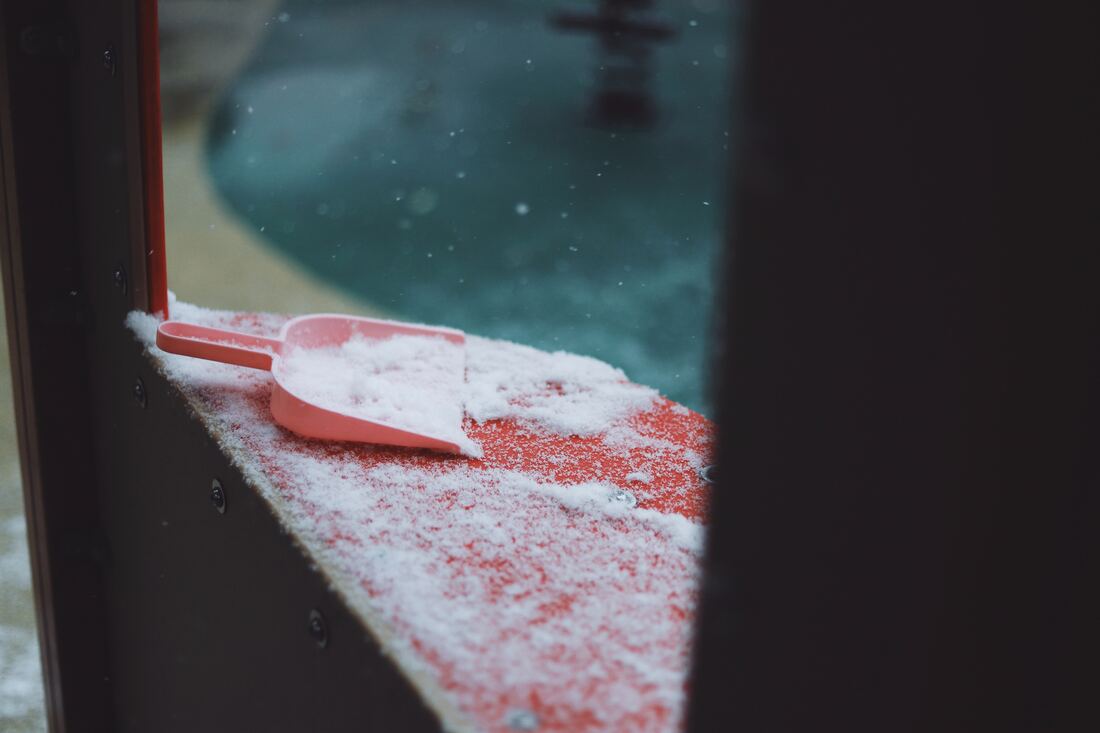Fast forward three hours and six inches of snow later. The once beautiful scene is now triggering a sense of dread as you need to shovel your driveway to get to work on time. Before grabbing your shovel, consider the following!
Improper shoveling can put you at risk of injury throughout the winter months. There are an estimated 11,500 snow shovel-related injuries and medical emergencies treated annually in US Emergency Departments (this number does not include others injured who were treated elsewhere or did not seek treatment!)1.
Here are some tips to snow shovel safely:
1. Prepare for shoveling. It is a physically demanding form of exercise.
- Wear warm clothing and layers to reduce muscle tension and improve circulation.
- Wear boots with traction to avoid slipping. Walking in short steps (like a penguin!) can help prevent a fall on ice.
- Stretch prior to shoveling to prevent tight, stiff muscles. Try a light warm up exercise such as walking or yoga to increase blood circulation.
- Drink plenty of water to keep muscles hydrated.
2. Be conscious of movement and breath during shoveling.
- Breathe properly while shoveling. Shoveling is an aerobic exercise. Don’t hold your breath!
- Push snow instead of lift. If you must lift snow, lift small amounts at a time.
- Avoid twisting and turning motions when moving snow. Rotate your entire body to face where you are placing the snow to keep your spine in a neutral position.
- Carry snow to the side snow bank, don’t throw the snow over the shoulder or to the side.
- Bend with your knees, keep your back straight, and lift with your legs and arms. Placing excess stress on back muscles can lead to injury.
- Clear snow early and often- shoveling an inch of snow multiple times is much less stressful on your body than shoveling after multiple inches accumulated and settled into a dense layer.
3. Listen to your body.
- Take frequent breaks as needed. Fatigued muscles are more prone to injury.
- Stop if you are experiencing chest pain, get really tired or shortness of breath- you may need emergency assistance. If you have a pre-existing medical condition, consider asking for help from family, neighbors or friends.
Oops, I overdid it. Can chiropractic care help?
Yes! The two most common diagnoses for those who presented with shovel-related injuries were soft tissue injury and low back injury1. Chiropractic care is noted as an entry point of treatment for low back pain according to Harvard Health Publishing2. Manipulation, or adjustment of the affected joint and tissues, restores mobility, thereby alleviating pain and muscle tightness, allowing tissues to heal.
Remember, you don’t need to be injured to see a chiropractor. Regular chiropractic care can support your body for exercise by increasing flexibility, reducing tension, and improving overall wellness.
References
1. Snow shovel-related injuries and medical emergencies treated in US EDs, 1990 to 2006 by DS Watson, BJ Shields, GA Smith. 2019.
2. Where to turn for low back relief? by Harvard Health Publishing. 2017.
3. Stay Safe During Winter Activities by American Chiropractic Association. 2019.


 RSS Feed
RSS Feed